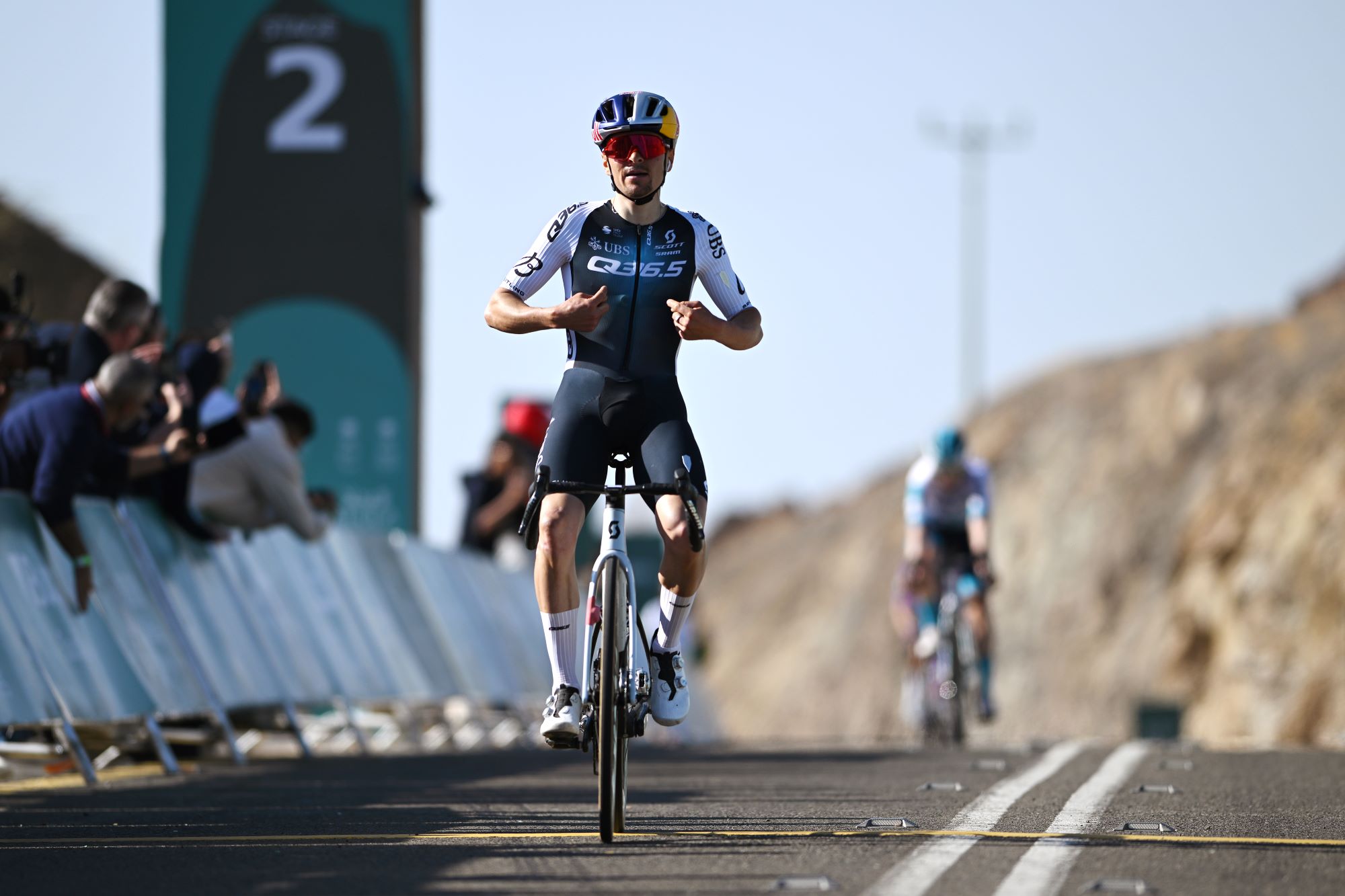Orange Seal tyre sealant review
We've used Orange Seal's sealant to seal tubeless ready tyres and repair punctured tubulars and are impressed with its effectiveness

A quality, effective tyre sealant for tubeless running and puncture repair
-
+
Effective and quick sealing of tubeless tyres and flats
-
+
Easy to apply
-
+
Stable over time
- +
-
-
A bit prone to clog the valve
You can trust Cycling Weekly.

Tubeless tyre technology is gaining traction on the road. As well as tubeless ready wheels to ensure an airtight and safe connection between the rims and tyre beads, and tubless-ready tyres, you’ll need a sealant to make everything airtight and provide puncture protection. Sealants are becoming more sophisticated. Most are still latex based, but increasingly they include additives to improve sealant performance and puncture protection.
Orange Seal is a US brand of latex based tyre sealant. Along with its colour its main characteristic is quite a gritty texture due to the included particles, which the company calls nanites. These help to plug up any leaks effectively as they are of differing sizes and shapes, helping to form a matrix to seal the hole with the latex making it airtight.
>>> Is graphene cycling's next game-changer
Orange Seal claims that its formula is more effective at coating the inside of the tyre than competitors’ offerings and works over a wide temperature and altitude range. In addition to the standard formula which we’ve tested, there’s an Endurance version which Orange Seal claims will last up to three times as long.
>>> How to puncture proof your tyres
I’ve used Orange Seal sealant to mount tubeless-ready tyres, where I got a quick seal without difficulty. It has also mended a flat in a cyclocross tub, which is now as airtight as when it was new. It’s easy to apply as the bottle comes with an applicator tube to squirt the sealant through the valve after the core has been removed.
>>> Are solid tyres worth a try?
It does seem to gum up the valves a bit though, so that you really need a good track pump to get the tyre up to pressure. This would make it tricky to reinflate a tube if you got a flat or a significant loss of pressure when out on the road.

Thank you for reading 20 articles this month* Join now for unlimited access
Enjoy your first month for just £1 / $1 / €1
*Read 5 free articles per month without a subscription

Join now for unlimited access
Try first month for just £1 / $1 / €1
Get The Leadout Newsletter
The latest race content, interviews, features, reviews and expert buying guides, direct to your inbox!
Paul started writing for Cycling Weekly in 2015, covering cycling tech, new bikes and product testing. Since then, he’s reviewed hundreds of bikes and thousands of other pieces of cycling equipment for the magazine and the Cycling Weekly website.
He’s been cycling for a lot longer than that though and his travels by bike have taken him all around Europe and to California. He’s been riding gravel since before gravel bikes existed too, riding a cyclocross bike through the Chilterns and along the South Downs.
-
 What does Q36.5 mean? We asked the people behind the Italian kit brand that sponsors Tom Pidcock's team
What does Q36.5 mean? We asked the people behind the Italian kit brand that sponsors Tom Pidcock's teamQ36.5's Luigi Bergamo and Lodovico Pignatti Morano take on Cycling Weekly's Q&A
By Tom Thewlis Published
-
 'If I were a tennis player then my career would be over': Remco Evenepoel contemplated early retirement after serious training accident
'If I were a tennis player then my career would be over': Remco Evenepoel contemplated early retirement after serious training accidentDouble Olympic champion was left with nerve damage and says his shoulder is not yet fully healed ahead of his return to racing at Brabantse Pijl
By Tom Thewlis Published
-
 'It can really push me along' - How a velodrome comeback is making Caleb Ewan faster on the road
'It can really push me along' - How a velodrome comeback is making Caleb Ewan faster on the roadAustralian says he'll "definitely" continue track work after rekindling passion
By Tom Davidson Published